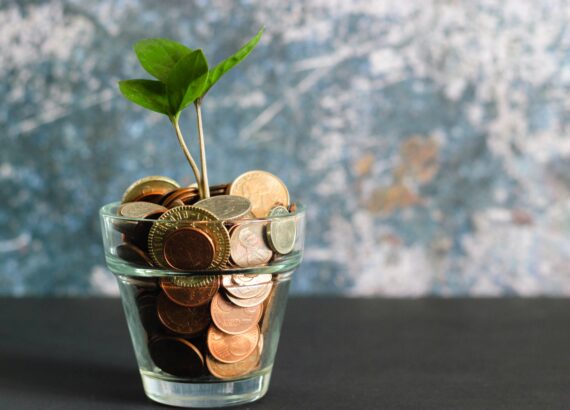Is Gender Parity in Education an Achievable Global Goal?
Gender Parity refers to the ratio of males to females in relation to having access to services, privileges, or rights, such as education. The elimination of gender disparity in primary and secondary education was one of the goals set by the United Nations for achievement within 2005. In its Millennium Development Goals, UN has targeted 2015 as the year where gender parity is a reality in all levels of education. Where is the world now in relation to this goal?

Image Source: ceecisunicef
The Measures of Gender Parity
The Gender Parity Index or GPI shows the calculation of the ratio between the number of females by the number of males enrolled in a particular education stage. It is the simplest form of determining progress related to the goal by countries. This measure is more commonly used by international organizations on developing countries where gender disparity appears to be more evident.
Determining gender disparity is not merely limited to the aspect of education. There are at least three other aspects closely monitored for disparity and these are health, economic participation, and political empowerment. The Gender Inequality Index (GII) measures the standing of countries in relation to achievement loss due to gender inequality. There are at least two other measures introduced earlier to serve as indicators – the General Development Index (GDI) and the Gender Empowerment Measure (GEM). To speak about several indicators cannot be helped since gender parity cannot be totally separated from gender equality.
The Common Obstacles to Attaining Gender Parity
The attainment of gender parity is hindered in many countries all over the world. According to the UN, poverty, tradition, violence against women, and discrimination continues to be major obstacles towards the attainment of gender parity in education. What is encouraging though is the observed narrowing of gender gap even in many traditionally male-denominated countries. Of 136 countries being observed, about 80% showed remarkable improvement. Still, gender parity is a long way off from now.
The Top Ten Countries in Terms of Gender Equality
In determining where gender parity is a work in progress, it is best to know what countries top the list for practicing gender equality. For where there is equality, gender parity has more chances of happening. According to the Global Gender Gap Report 2013, the following countries rank the highest in gender equality.
1. Iceland
2. Finland
3. Norway
4. Sweden
5. The Philippines
6. Ireland
7. New Zealand
8. Denmark
9. Switzerland
10. Nicaragua
It is worth noting that there are four Nordic countries in the list. The Philippines is the highest ranking among Asian countries. Nicaragua, on the other hand, is the only country from Latin America in the list. While Iceland is the highest ranking country, Yemen places last in ranking.
The Present Outlook
When it comes to closing the gap between genders, it is in the area of education where most of the improvements have been made. The good part about this is that the improvement is not only felt by wealthy countries but also by third world countries. There are even some countries where the literacy rate of women is higher than that of men. Considering this then, it can be said that gender parity in education is an attainable goal.
My Say
Why should the world be bothering with attaining gender parity at all? The logic lies in the fact that every person, man or woman, is more able to contribute to the betterment of society with the benefit of education. The attention being placed on providing women more access to education is triggered by the traditional set-up where men were given more access. We are no longer talking about human rights here but rather the recognition of the potential of every woman to contribute to her country’s economic prosperity, alongside with men.













Kenneth Agudo
Oh my Philippines is on the top 5 slot 🙂